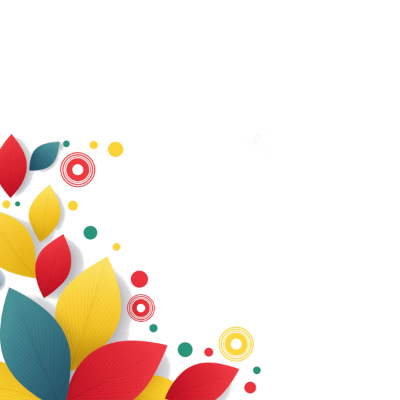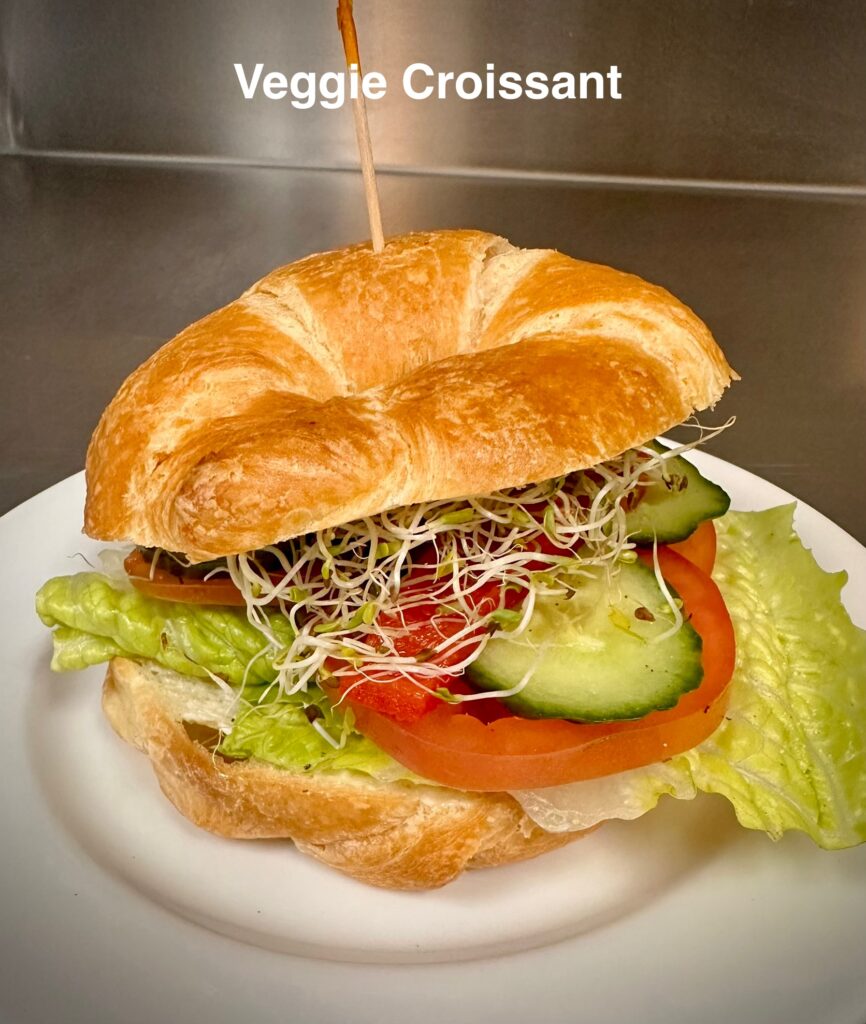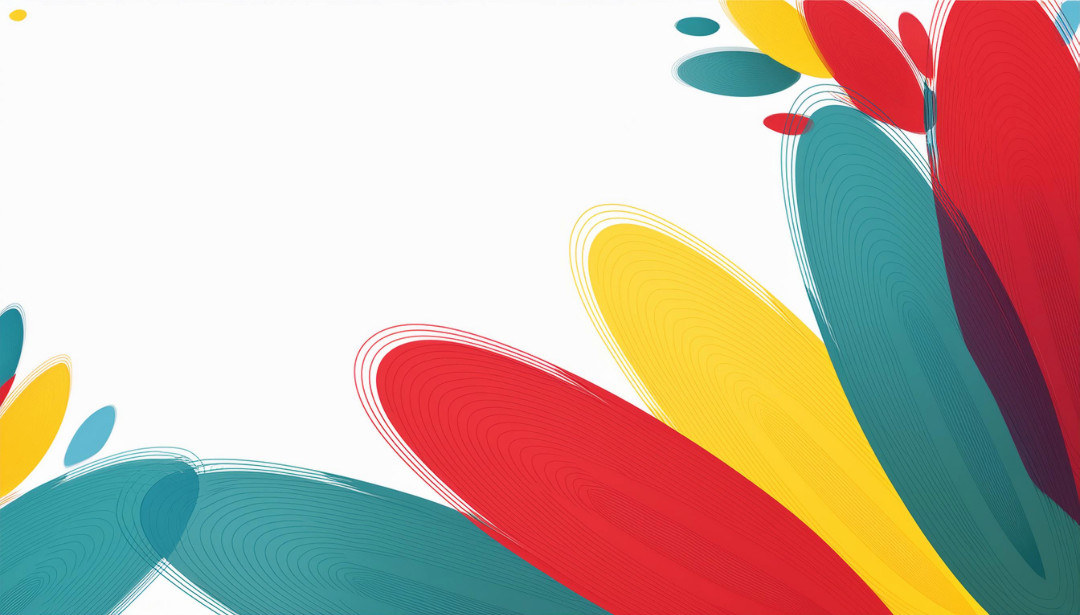Blog
What Can We Learn From Bird Feathers?
I was listening to a radio program that started with a mystery and travelled down a fascinating Sherlockian rabbit hole. Come on in, and let’s journey together.
I couldn’t retain the details sufficiently, so I Googled the keywords and found the original eight-page scientific abstract.
Off we go.
Some researchers in the USA were banding birds. I mean many birds. They noticed that the tail feathers of some of the cedar waxwings had a slightly different hue from the standard yellow. Reddish orange, we’ll call it.
This is too good a mystery, they thought. They had to pull the proverbial thread and see where it led.
Believe it or not, their initial search led to other scientists who had been studying the molecular pigmentation in feathers. Who knew!
We arrive at the findings by jumping ahead and missing all the lab work and hypothesis development.
The food supply, particularly for younger birds, had changed. They were eating a different kind of berry. This slight colour change implies a new food source or a change in food choice by the adults.
So, we can all relax now and enjoy nature’s increased visual thrills all around us. One colour scheme over another was not right or wrong. It just is what it is. We are accepting.
I reflected on this insignificant learning compared to the significant issues of our day. I thought about the mystery that strangers hold for us. Who are they? Why do they talk so loud? They talk so quickly. They talk so slowly. They speak with their hands so much. How can they eat that food? And on it goes.
Just as our curiosity about nature led us to understand why a small part of the world unfolded the way it did, we can learn about our fellow human passengers on planet earth. We can start by being open to the differences. Innocent opportunities in their environment can cause differences in bird feathers.
Equally innocent opportunities can cause differences in humans. Strangely, we have a robust coffee culture in North America. We make it at home. We often invite folks for ‘coffee’ when they drink tea, yet no offence is taken. And here is the kicker – North America doesn’t grow coffee!
And you thought changing bird feathers was an odd thing to see happen.
Please give this a bit of a think. The next time you see a person presenting differently from you, pause your thoughts for a moment. The differences could be skin pigmentation, hairstyle, clothing colour, footwear, or items they hold in their hands. It could be their behaviour; loud, walking on the ‘wrong’ side of the sidewalk or aisle, or speaking their language while talking on the phone.
Try going down your rabbit hole to understand why they are who they are. Maybe, just maybe, they are just who they are, and we can accept our differences. They can enrich our world, just as the cedar waxwing bird enriches our lives.
I’m curious about your thoughts. Please share your bit of a think below.
Photo by Patrice Bouchard on Unsplash
If you enjoyed The Blog, please share it with others. Thanks.
And my thanks to St. Albert Seniors Association: 780-459-0433 for making this Blog possible.

Volunteer Blogger











Love this post! To sum it up “Try going down your rabbit hole to understand why they are who they are. Maybe, just maybe, they are just who they are, and we can accept our differences. They can enrich our world, just as the cedar waxwing bird enriches our lives.” Beautiful connection and sharing! Thank you!
You got it! Thanks for sharing.
This post triggered a memory from two years ago. I listened to a very interesting podcast on something similar to this. I may have forgotten about it had you not mentioned the differences in bird’s feathers. It’s in line with what you’re talking about, not the change in the pigmentation of feathers – birds tweeting to a different tune.
Researchers can’t figure out why white-throated sparrows changed their tune from 3 to 2 notes. It didn’t happen over night. It’s been a gradual change. What makes this so unusual is that it’s highly atypical for sparrows to change their tune. But they did it! Why they did it is a mystery. Maybe female birds weren’t attracted to the “old” version. anymore Maybe it was just time for a new song. Who knows.
For the past twenty years researchers have been tracking these birds very closely. No doubt about it – the birds ditched the old tune and now others are starting to adopt it.
I don’t know which bird call sounds better – the old one or the new one. It doesn’t “appear” to make much difference to the sparrow. Or maybe it does. We’d have to be a sparrow to answer that question. lol Maybe it is the way it is because its meant to be that way.
I guess we can chalk this up to the fact that nature and humans are always evolving. It’s all part of evolution. Mannerisms, ways of speaking, dialects, accents, new words, expressions, fashion, social behavior and food are forever changing. Nothing stays the same.
I think that being different is all a part of the human experience. It’s what makes us who we are. Just like you said, ‘They are just who they are and we can accept our differences.’
Interesting blog Glenn!
Turn up the volume and listen to the bird calls.
https://fb.watch/fDs6ZHXb3F/
Thanks for sharing how the blog resonated with you. It is always interesting to hear readers’ stories.
I recently heard a very loud, unusual bird call . My awareness of birds is acute and I always try to associate the bird song with the actual bird and this occasion was no exception. Finally, there it was, a huge black bird on top of the roof which I pointed out to a friend as we were both entering the same building ( our synagogue) I knew it wasn’t a crow but as it took flight I tried to maintain its image in my mind’s eye. It’s wing span was at least a metre. Upon later research I learned that it was a raven and not commonly spotted in urban settings ! So it was kind of a rare sighting. This bird has many superstitions surrounding it but the one I like best is ” seeing ravens often signifies that you have a strong, mysterious energy force in your life.”
Thanks. Those who knowingly saw a raven sometime in their lives seem to have identified a mysterious aspect. As you say – many superstitions.
Great blog. Diversity makes the world go round. One can argue that the primary goal of art is to expose us to new perspectives, often in ways that don’t feel prescriptive or moralistic. The same can be said for travel. It can be difficult when long held, deeply ingrained beliefs are challenged so we might search for starting points – gentle way to introduce us to new people, beliefs, and ways of being in this world.
Older adults can help bring different perspectives that challenge us. Grandparents are a prime example of a group who can expose their grandchildren to ideas that aren’t necessarily held or even known about by the parents. It can be as simple as trying new foods and a bigger perspective of introducing different cultural practices. It is great fun being a grandparent.